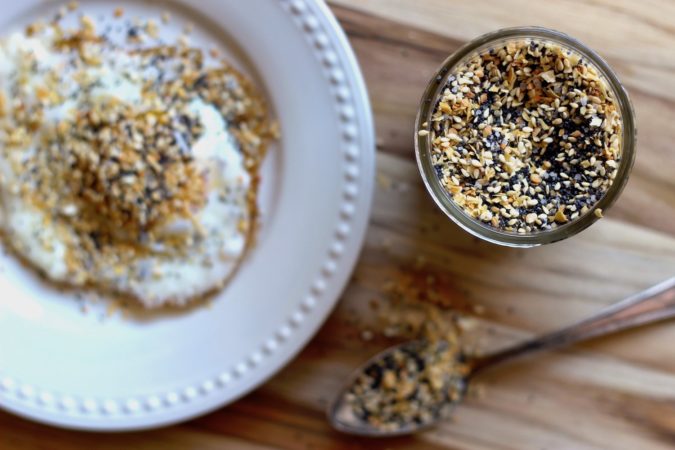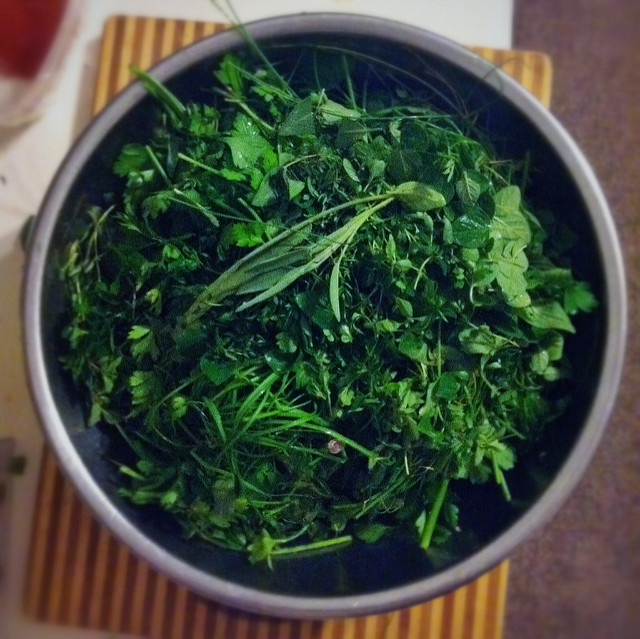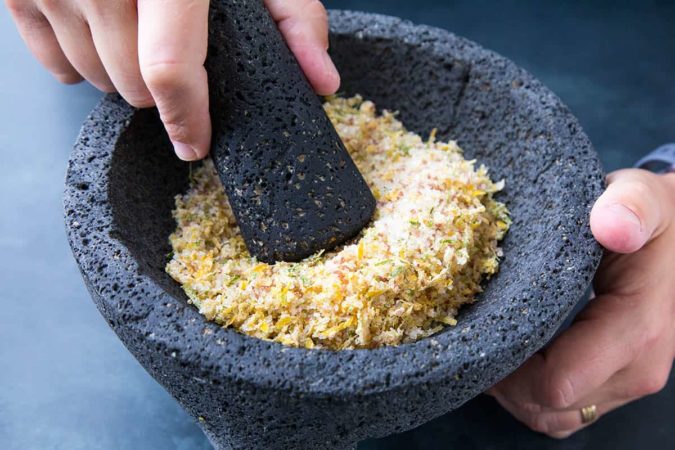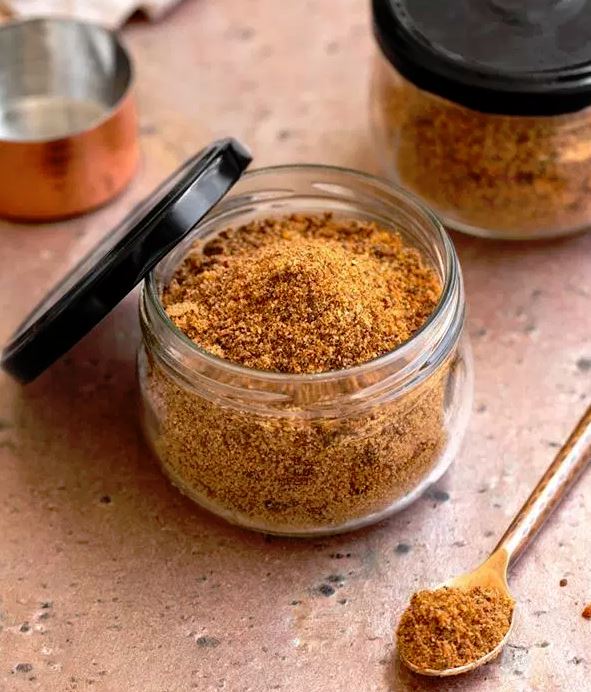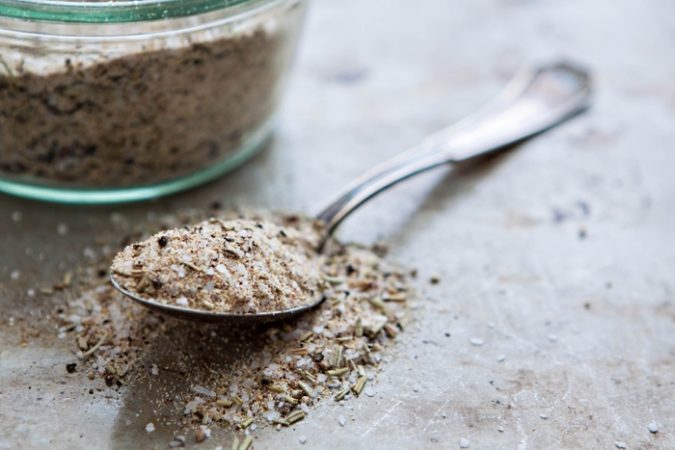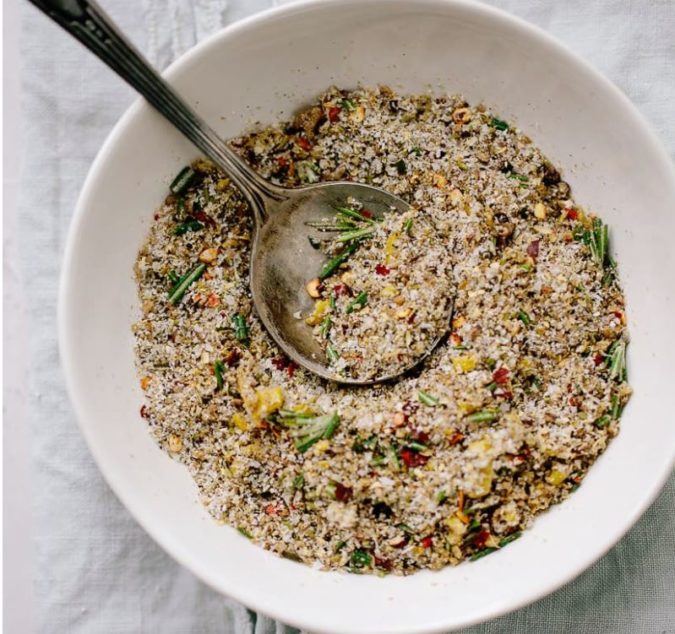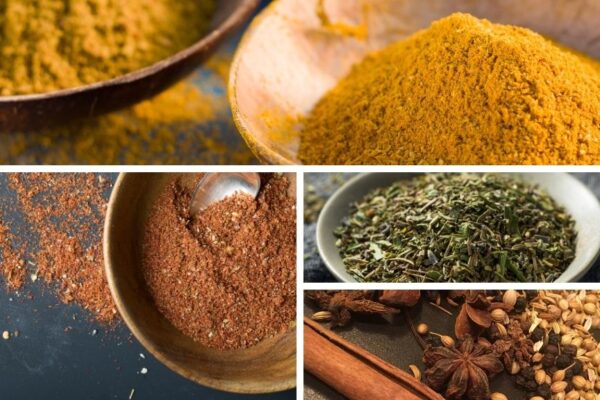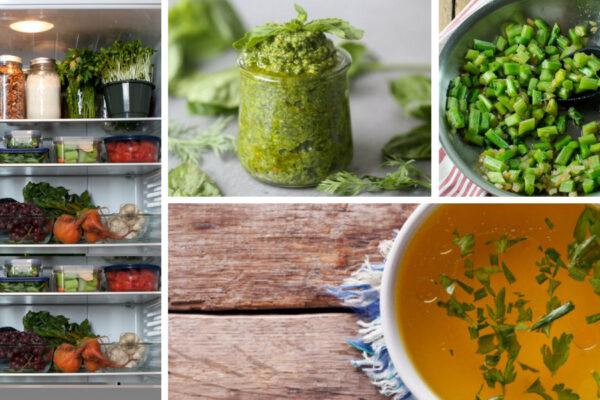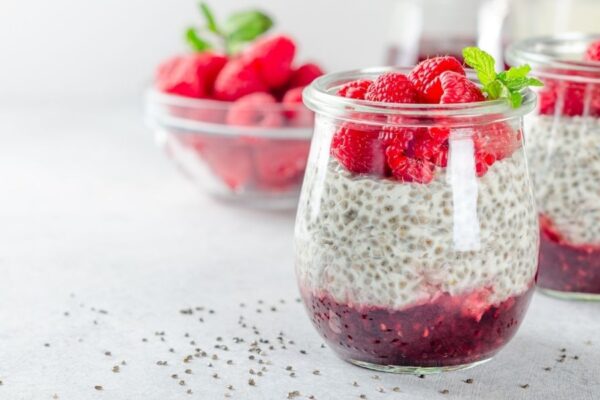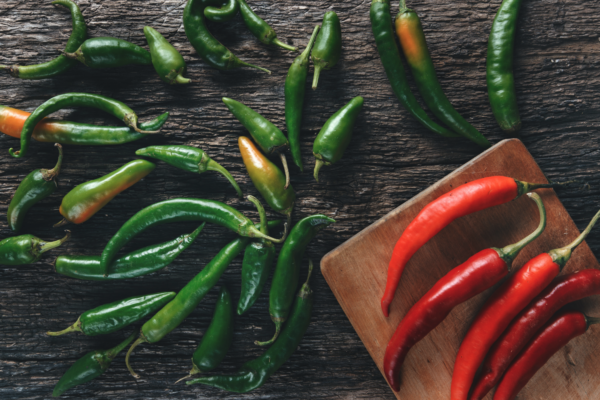The Best Types of Salt and How to Use Them
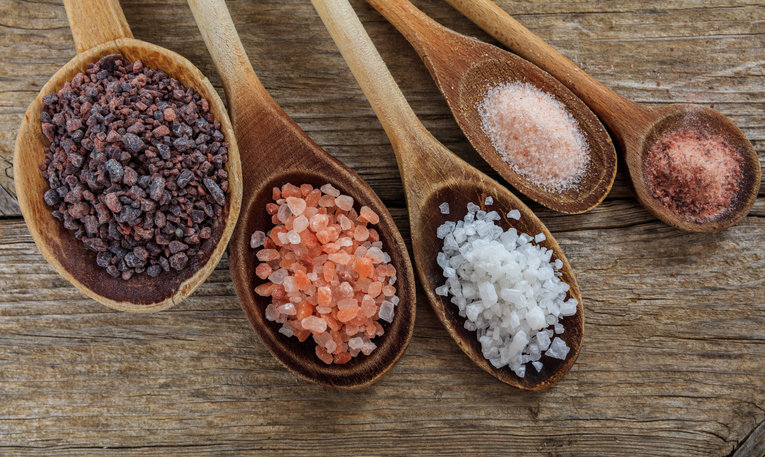
Salt is a staple in most kitchens around the world; for some, salt and pepper are the only trusted companions for seasoning. Our salt choices are numerous nowadays, with a lineup of different kinds of salt on store shelves. What is the best type of salt and how should we use them? In this culinary nutrition guide to salt, we break down the common types of salts and how you can use them in your cooking.
What Role Does Salt Play In Our Food
Salt is an amazing workhorse in a variety of recipes. Salt helps to:
- Enhance flavours of food
- Balance flavours, such as counteracting bitterness and bringing out the sweetness
- Preserve food, including fermented foods, pickled vegetables, cured foods and dehydrated foods
- Draw out moisture from food and ingredients
- Influence the texture of baked goods
- Provide a finishing flavour or texture to dishes (think of flaked sea salt on cookies, or rock salt on baked bread)
Health Benefits of Salt
Salt has been vilified for years, mainly with respect to its effect on cardiovascular disease risk and overall mortality. Salt is comprised of two minerals: sodium and chloride. However, we need sodium for a variety of functions in the body, including:
- Fluid balance
- Regulation of blood pressure
- Fueling muscle and nerve function
Salt consumption can become risky depending on the type of salt we use and how we consume it. Mainly, the big risk with salt is the use of table salt, which has been highly processed and stripped of its minerals. Table salt is usually fortified with iodine and infused with anti-caking agents to prevent clumping. These anti-caking agents can contain ingredients that are linked to cancer and neurological diseases.
Most of our salt intake doesn’t come from home cooking – about 70% is consumed through processed foods. Salt, which is an excellent preservative and has an addictive quality, is used in a wide variety of processed foods to extend shelf life and amp up flavours. It’s this excess of sodium that can lead to health issues (along with some of the additional perils of ingredients in processed foods). You can read more about the dangers of table salt here.
On the other hand, whole and unrefined salts can be a flavourful and healthful addition to your food.
There are a number of different kinds of salt at grocery stores or online. Generally, when choosing which salt to use it’s best to consider:
- The source: where does the salt come from, how much has it been processed and what has been added to it?
- The texture: do you want salt that is flaky, flat, crunchy, instantly dissolvable?
- The size: fine, medium, large, and the density will affect how salty your food becomes.
Which Salt is Best?
All of the salts we mention below contain a variety of trace minerals. When salt is whole and unrefined and you’re cooking from scratch, it depends on what appeals to your tastes. If you’re watching sodium content, Celtic salt has a slightly lower amount than some of the other salts, but really, as long as table salt is off the table, it’s up to you!
Culinary Nutrition Guide to Salt
Himalayan Salt
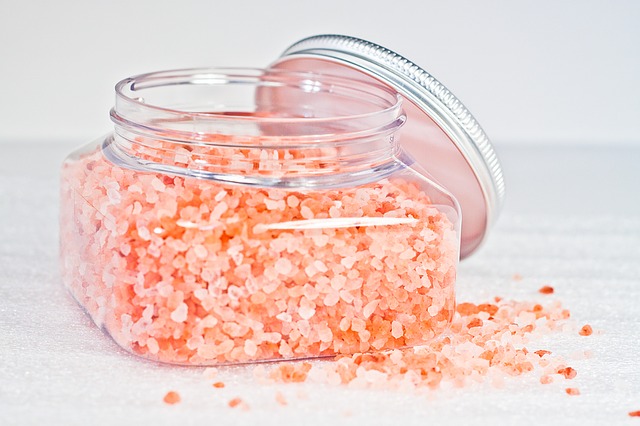
What Is It: Himalayan salt, or Himalayan pink salt, is typically mined in Pakistan and is known for its pinkish hue. It’s rich in trace minerals, particularly iron. This type of salt is also used for salt lamps.
How to Use It: Himalayan salt has a mild, pleasant flavour and can be used in virtually any type of dish, including soups, stews, one-pot meals, elixirs, salads, condiments, dips, spreads, mocktails, fermented foods, and for seasoning fish, meat and poultry.
Sea Salt
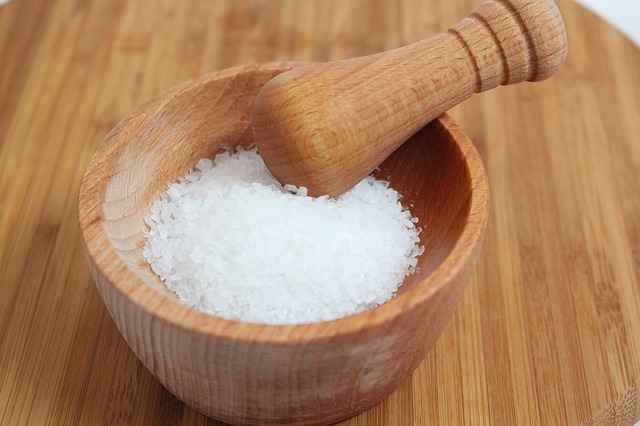
What Is It: Sea salt comes from seawater, which is evaporated to make sea salt. It’s actually a broad term (a number of the salts below are sea salts), and the mineral content can vary depending on where in the world the salt is harvested from. Basic sea salt is typically unrefined, large, flaky and coarse. It’s usually inexpensive.
How to Use It: In addition to the uses we suggested for Himalayan salt above, the texture of sea salt is great for sprinkling atop of dishes for added texture and flavour. It’s one of our favourite salts to use for fermented foods, and it’s also a good one to use for natural beauty care recipes like body scrubs and tooth care.
Kosher Salt
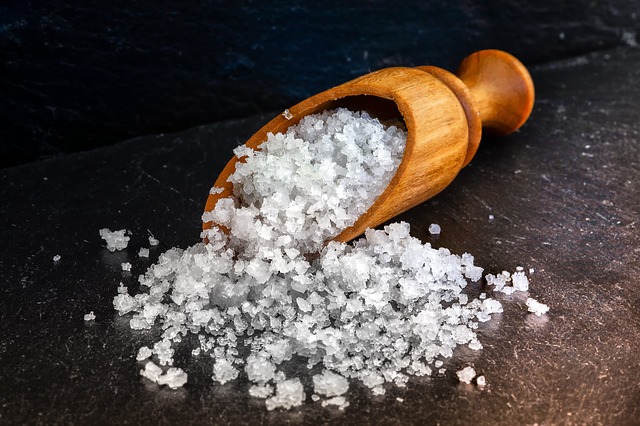
What Is It: Kosher salt flakes are quite large and coarse, and its name comes from the way its used in the koshering process (confusingly, not all kosher salts are certified kosher in the Jewish tradition so be sure to check labels if you are kosher).
How to Use It: Chefs and home cooks enjoy using kosher salt because it’s easy to pick up with your fingertips and sprinkle over food. It also clings to foods well, so it’s a good one for salting meats, poultry, fish and vegetables.
Celtic Salt
What Is It: This one has a greyish colour, which is why it’s also called grey salt or sel gris. It’s sourced from the bottom of tidal pools in France and contains trace minerals.
How to Use It: Celtic salt is moist, so it dissolves easily and quickly, and has a briny flavour. It’s a good all-purpose salt in the kitchen, and it works well in gluten-free baking and healthy desserts.
Black Salt
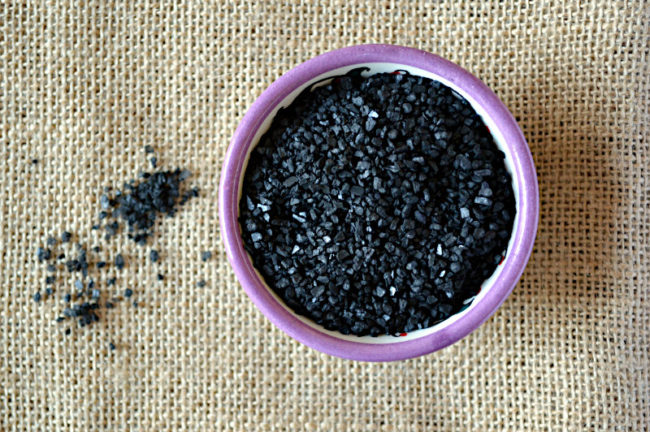
What Is It: There are a few different kinds of black salt. You may see Hawaiian black salt, which is harvested from the lava pools of the volcanic islands in Hawaii and mixed with activated charcoal, or Himalayan black salt (also known as ‘kala namak’), or Cyprus black lava salt, which is similar to the Hawaiian version except it comes from the Mediterranean.
How to Use It: Black salt has a coarse and crunchy texture well suited for finishing dishes or for visual appeal. Kala namak has a slightly sulphurous flavour (but in a good way!), so it’s often used in vegan breakfast dishes to replicate the flavour of eggs.
Fleur de Sel
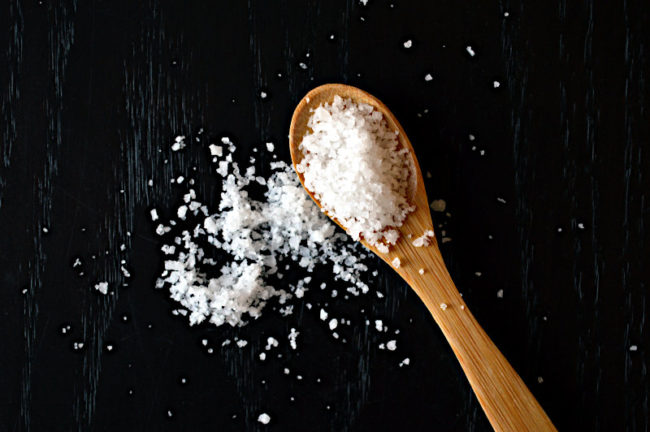
What Is It: Also sourced from tidal pools in France, but fleur de sel is skimmed from the top (as opposed to the grey Celtic salt, which is harvested from the bottom). It’s very delicate, sticky and flaky.
How to Use It: Fleur de sel is a great finishing salt and works especially well with sweet treats such as chocolate, candy, dairy-free caramel and baked goods, but also is delicious atop meat or veggies. This salt can be expensive, though, so this one is likely best suited for the salt fanatics or those who are sure they will actually use it.
Smoked Salt
What Is It: As the name implies, this salt is smoked – usually over wood chips of some kind – and we’re sure you won’t be surprised to learn that it lends a smoky flavour to dishes. You can even make your own!
How to Use It: It pairs well with meat, fish, poultry and veggies, fermented nut cheeses, desserts, French fries, and hearty soups and stews.
seasoning salt inspiration
Remember, salt isn’t the only way to flavour your food! There are a variety of herbs and spices that can amp up the flavour, plus naturally salty foods like sea vegetables, olives, miso, tamari and umeboshi plum can add that sour/salty vibe to your dishes.
Another way to add interest is to mix up a batch of seasoning salt. Some inspiration below for you to try!
Everything Bagel Seasoning
Everything Bagel Seasoning by Robust Recipes
Use this on eggs, toast, dips, veggies – or anything you’d like!
Herbes Salées
Herbes Salées by Well Preserved
This mix of sea salt and fresh herbs is a great way to use up leftover herbs and prevent food waste.
Citrus Lemon Lime Salt
Citrus Lemon Lime Salt by Chili Pepper Madness
Add some zing to your salt with citrus zest, either fresh or dried.
Vegan ‘Bacon’ Salt
Vegan ‘Bacon’ Salt by Bittersweet
A smoky bacon salt that includes a delightful mix of spices, mushrooms and tempeh.
Homemade Garlic Herb Salt
Homemade Garlic Herb Salt by Good Life Eats
An easy spice blend – you probably already have everything to make this in your pantry.
Rosemary Lemon Sea Salt
Rosemary Lemon Sea Salt by Family Style Food
A Mediterranean-inspired blend that will add a pop of freshness and flavour to your food.
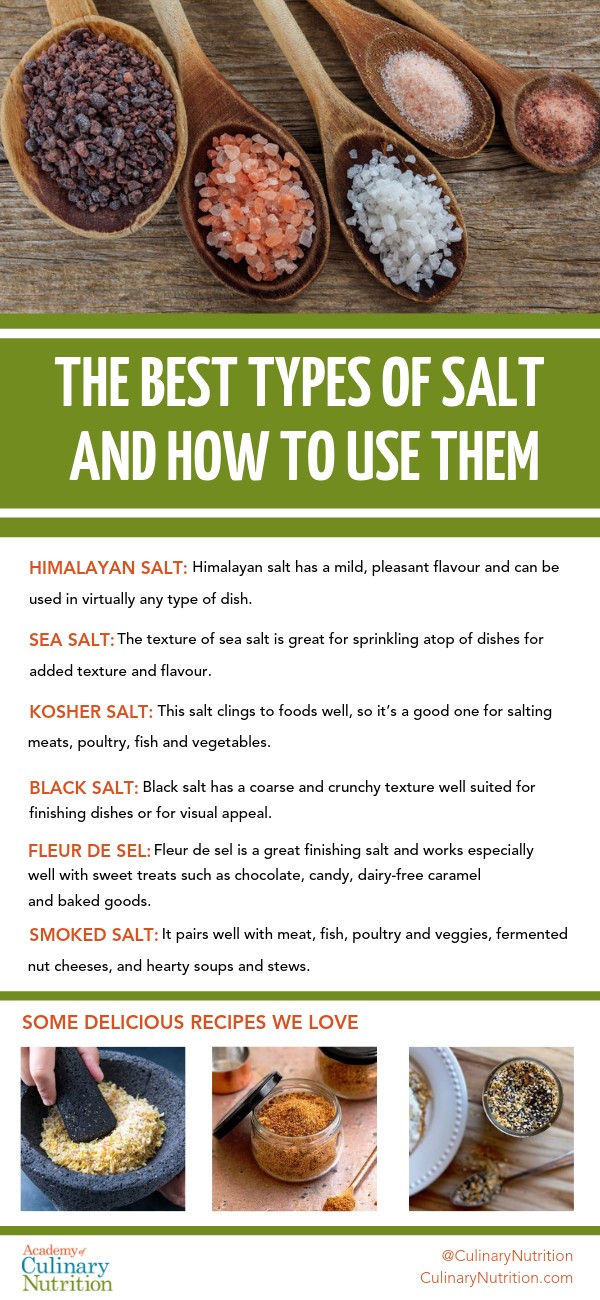
Free Resource Library
Enjoy more than 40 downloadable guides, recipes, and resources.















